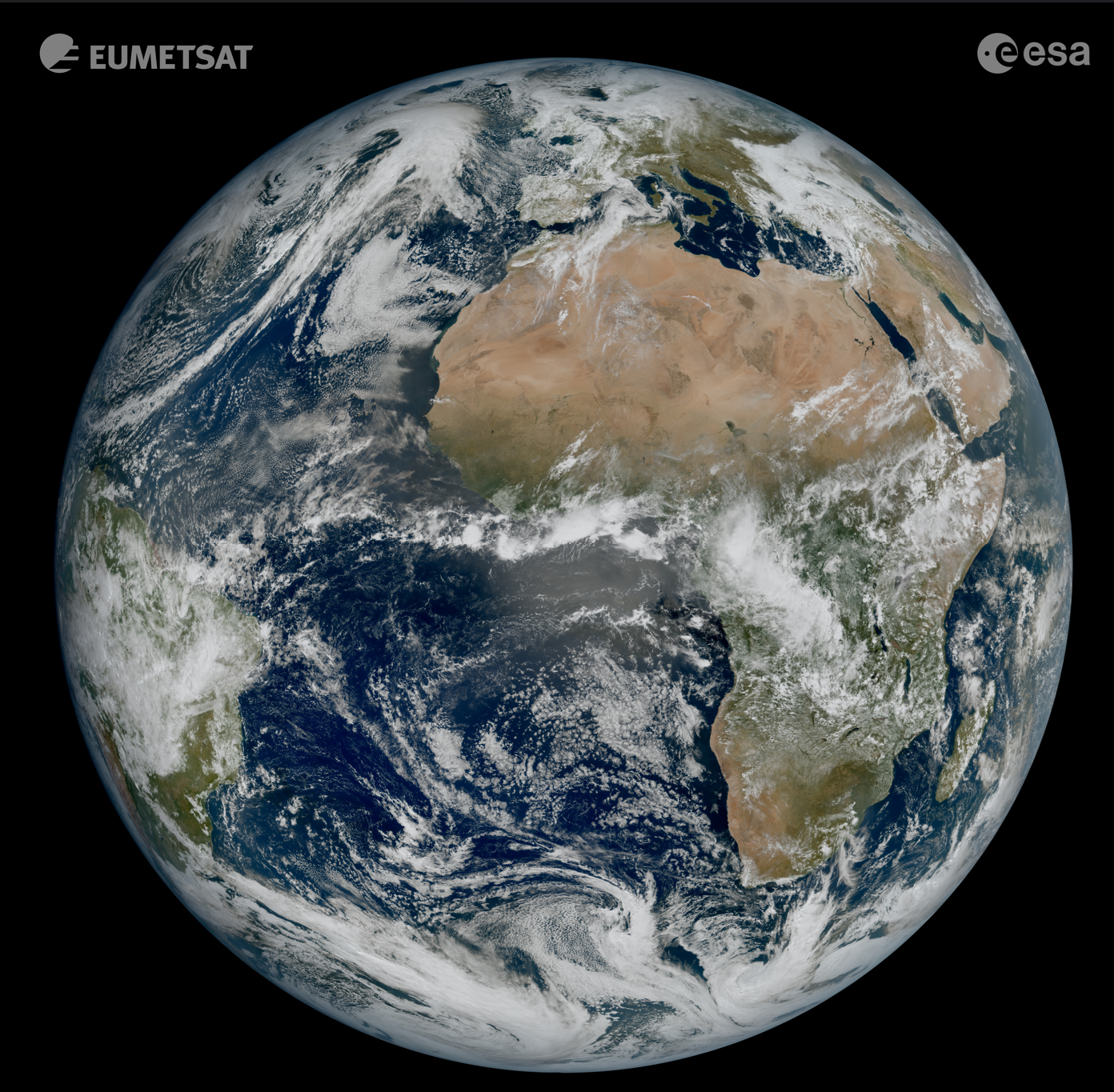Speaker
Description
Stratospheric aerosols play a critical role in atmospheric chemistry and climate. They influence stratospheric chemistry through heterogenous reactions- such as those impacting ozone depletion- and affect the Earth’s energy balance through radiative forcing. Recent research reveals that stratospheric aerosols exhibit a far greater compositional and morphological complexity than previously assumed. With the anticipated increase in satellite launches over the coming decades, debris from satellite re-entry has emerged as a potential new and significant influence on the composition and morphology of stratospheric aerosols.
Here we present the analysis of stratospheric aerosol samples collected by Harvard’s Mini-MOUDI, a cascade impactor that collects aerosols for offline analysis. Using advanced analytical techniques, such as STXM-NEXAFS and CCSEM-EDX, we characterize aerosol elemental composition, organic content, and particle morphology. Recent observations from the 2023 SABRE (Stratospheric Aerosol processes, Budget, and Radiative Effects) campaign highlight the diversity in stratospheric aerosol composition and morphology. These measurements provide a valuable baseline for understanding present-day stratospheric aerosols and set the stage for detecting changes with increased satellite re-entry. This approach enables us to target specific elemental content, assess organic matter contributions, and monitor shifts in particle composition and morphology over time.

